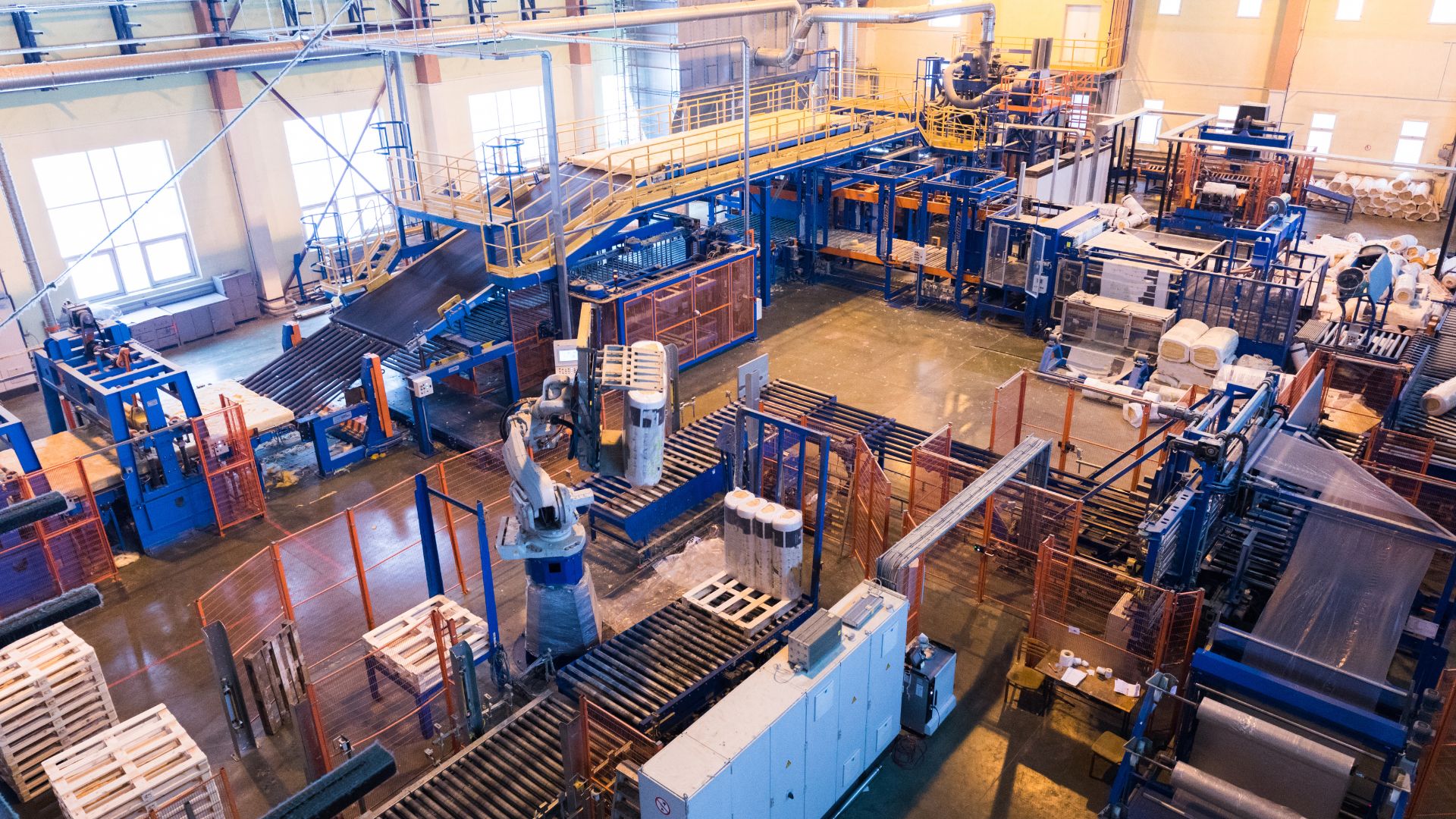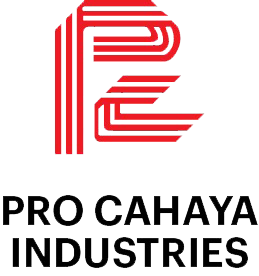Why ERP Alone Isn’t Enough for Smart Factory Scheduling

(And Why You Need Advanced Planning & Scheduling to Bridge the Gap)
ERP systems are great for business operations – but when it comes to real-time production planning, they fall short. Discover why Siemens APS is the smart layer manufacturers need above ERP to optimize scheduling and boost performance.
Most manufacturers in Malaysia have invested in ERP (Enterprise Resource Planning) systems like SAP, Oracle, or Microsoft Dynamics to manage their business operations — finance, procurement, inventory, and more.
But here’s the catch: ERP was never designed for real-time factory scheduling.
In today’s competitive manufacturing landscape, where every minute of machine downtime costs money and customers expect shorter lead times, relying on ERP alone to schedule production is no longer enough.
To close the gap between business planning and actual shopfloor execution, manufacturers need a smarter, more agile layer: Advanced Planning & Scheduling (APS).
Understanding the Limitations of ERP in Production Scheduling
| ERP Strengths | ERP Limitations |
| Manages BOMs, inventory, orders | Uses static planning logic |
| Provides material availability | Doesn’t handle constraints like machine downtime or shift patterns |
| Centralizes business operations | Lacks visualization for factory-level scheduling |
| Integrates procurement and finance | Cannot reschedule quickly based on shopfloor disruptions |
Most ERPs operate on infinite capacity assumptions. They may tell you an order can be fulfilled by a date – but they don’t consider:
- 🔧 Machine availability or breakdowns
- 👨🏭 Shift schedules and manpower
- 📦 Material delivery delays
- 🔁 Setup times and changeovers
- ⏱️ Real-time feedback from production lines
The result?
Planners resort to Excel, manually adjusting schedules to reflect reality—leading to inefficiency, miscommunication, and late orders.

